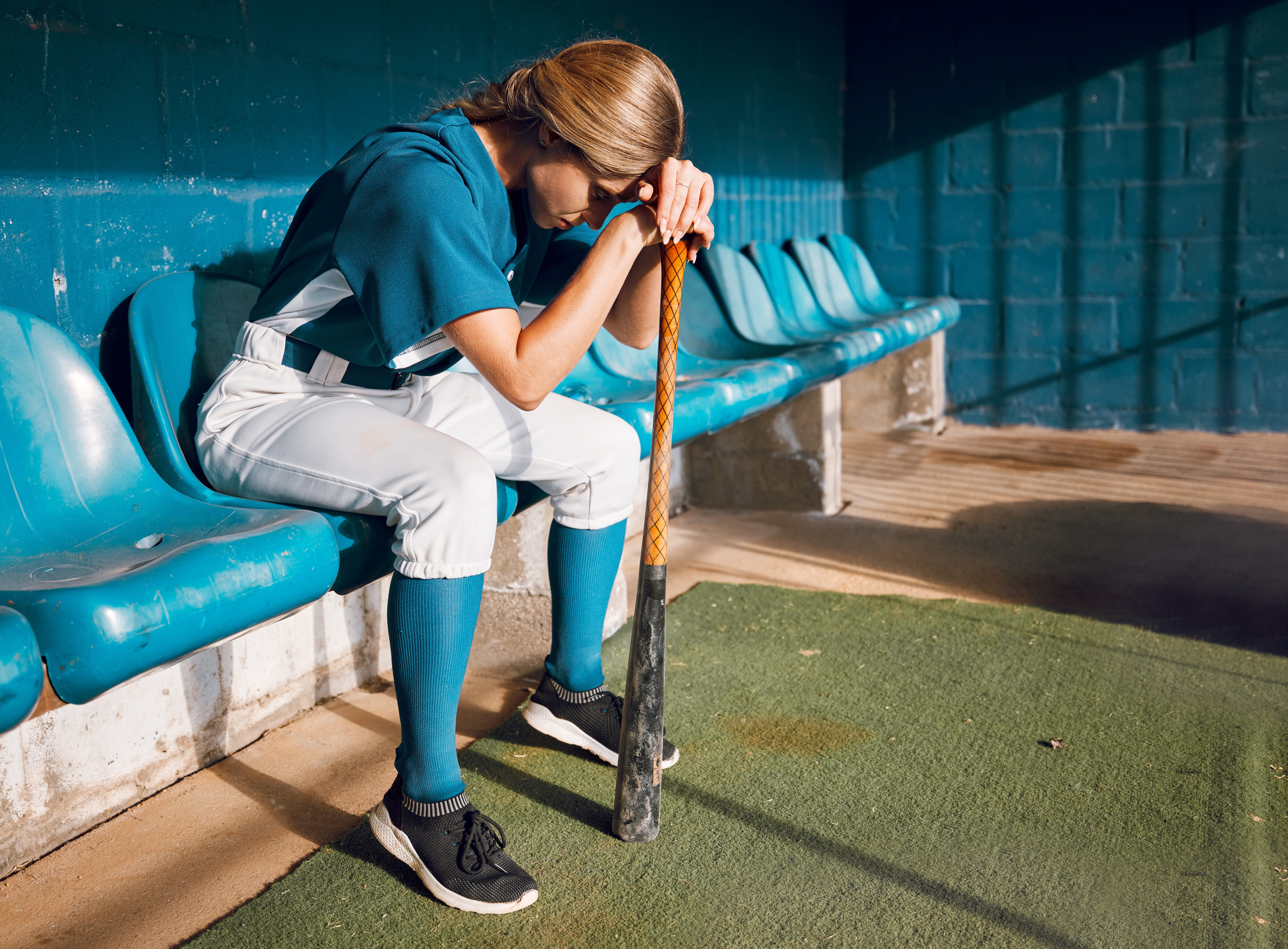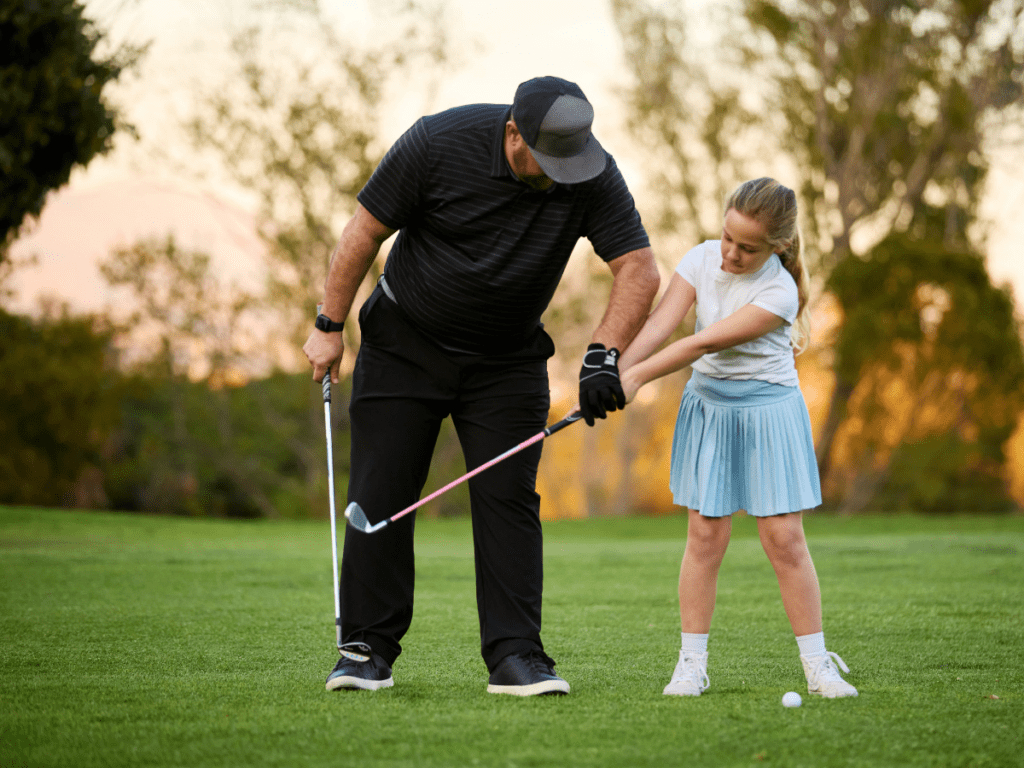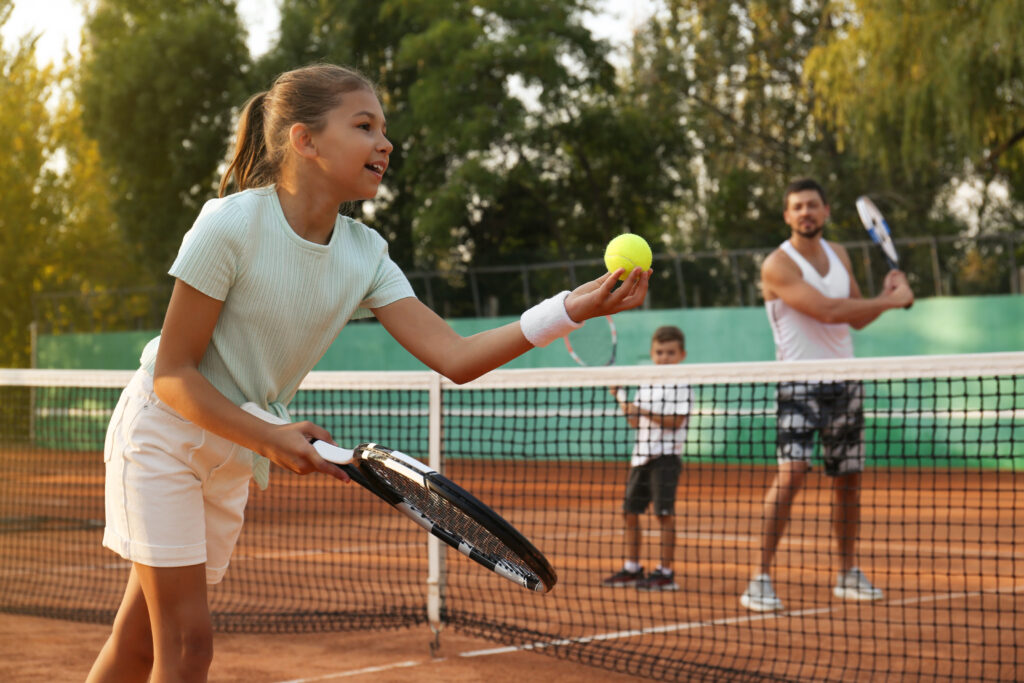The Game in the Child
The Game in the Child Model is an athlete-centred model that prioritizes learning how to teach the child before teaching them to play the sport. It involves considering characteristics of the child (how they think, feel), coach (past and present experiences) and organization (type and purpose). This leads to a better understanding of how play can…
Women’s health and sports
The connection between women’s health and sports has been studied for many years and recently it was translated into practice. As one of the first football clubs to incorporate research on women’s health into training and nutrition regimes, Chelsea Football Club Women partnered with bio-analytics company Orreco to monitor players’ menstrual cycles to enhance performance…
Sport participation among adolescents with a history of child maltreatment

Project summary The prevalence of child maltreatment is overwhelming: a third of the Canadian population has endured at least one form of child maltreatment (Afifi et al., 2014). This includes sexual, physical, and emotional abuse, exposure to inter-parental violence, and neglect (WHO, 2016). Considering the deleterious and long-lasting consequences of child maltreatment (Dion et al.,…
Physical activity and school performance
Research shows that physical activity can improve academic performance in children. In addition, engaging in physical activity can improve attention and cognition. It is recommended that teachers provide students with physical activity breaks and that physical activity is integrated into the curriculum.
What parents and guardians need to know to create positive youth sport experiences

Highlights Parental behaviour has the potential to either positively or negatively impact youth athletes Current sporting contexts that frequently foster negative parental behaviour include parents “living vicariously” through their kids, the rise of youth sport professionalization and the high financial cost of youth sport This SIRCuit article offers practical tips for both parents and youth…
The prospective contribution of sport and active leisure to student academic and psycho-social success from kindergarten to high school
Introduction and context Only 8% of school age Canadian students meet the recommended daily goal of ≥ 60 minutes of moderate-to-vigorous physical activity. Youth mental health problems have doubled over the past two decades. As family life represents a primary vehicle for child growth and development, lifestyle movement habits are learned in early childhood. As such,…
How youth athletes can support their own life skill development through sport
Sports help to develop crucial skills on and off the court, field, or ice. Participating in sports can help youth athletes stay physically healthy, build positive relationships with coaches and other players and learn valuable skills. While coaches often play a critical role in supporting athletes’ development, it is also important to consider how athletes…
Youth sport can benefit moms too
With approximately 75% of Canadian youth involved in organized youth sport, it’s uniquely positioned to promote mothers’ mental health and wellbeing. Learn more about how youth sport administrators, program leaders and families can create positive experiences and outcomes for youth sport moms in the SIRCuit.
Concussions in children and mental health
Children take twice as long to recover from concussions compared to adults. Concussions can cause or worsen pre-existing mental health problems, which can negatively impact recovery. Research shows that following a concussion, mental health should be assessed as part of the pediatric concussion assessment for optimal concussion recovery.
Supporting positive parental decision-making in youth sport

Parents and guardians have significant influence on their children’s sporting experiences, as well as broader sport culture. They serve as interpreters, role models, and providers of childhood sport experiences (Fredricks & Eccles, 2004). As such, their decisions can have long-lasting impacts on their children’s sport enjoyment, performance and long-term participation. Parents must decide when to…